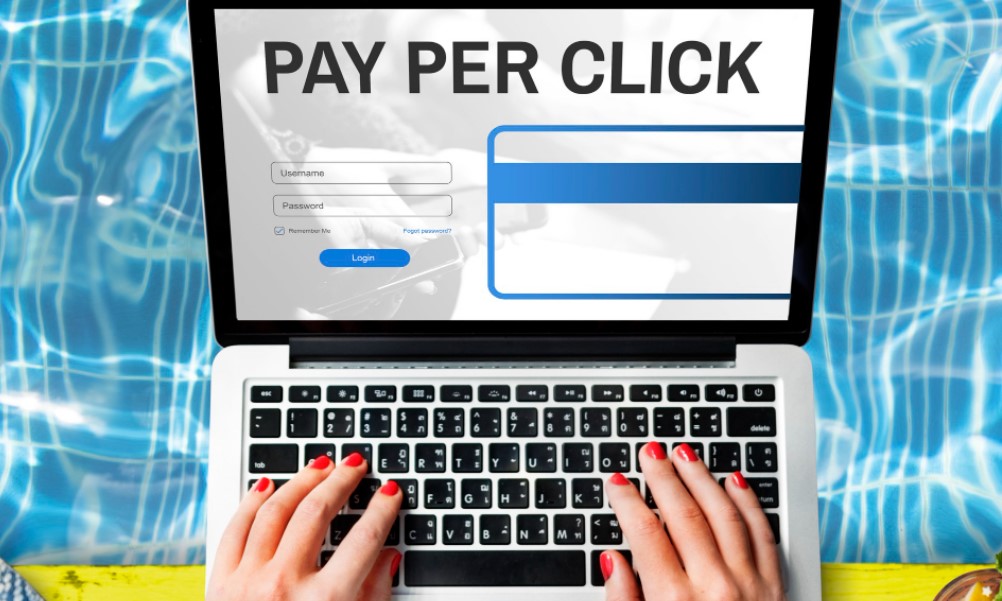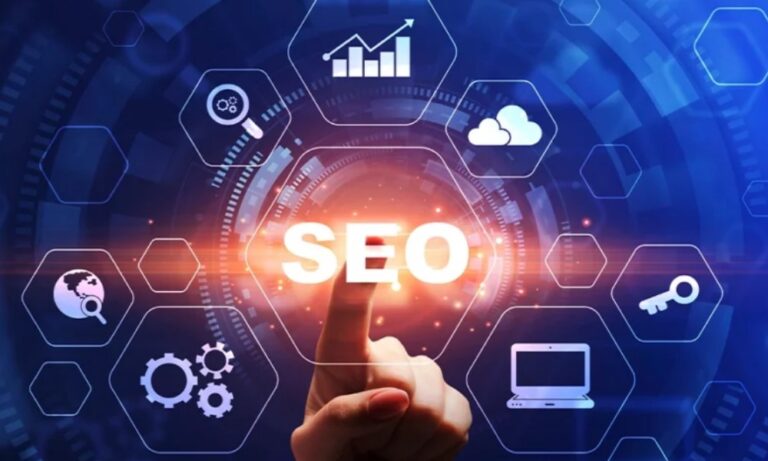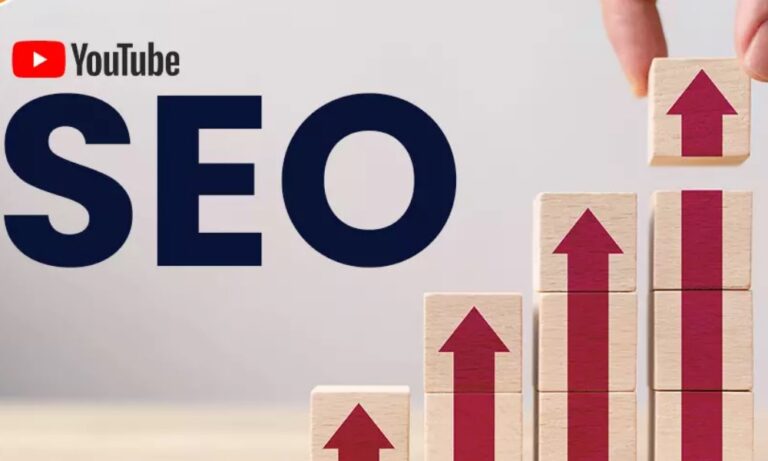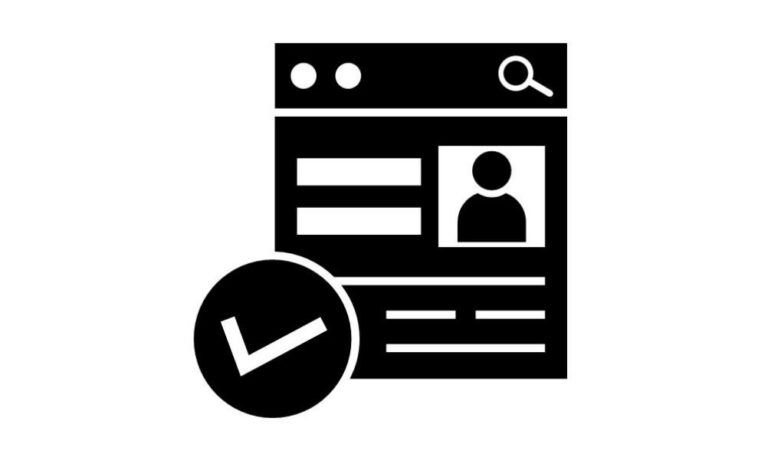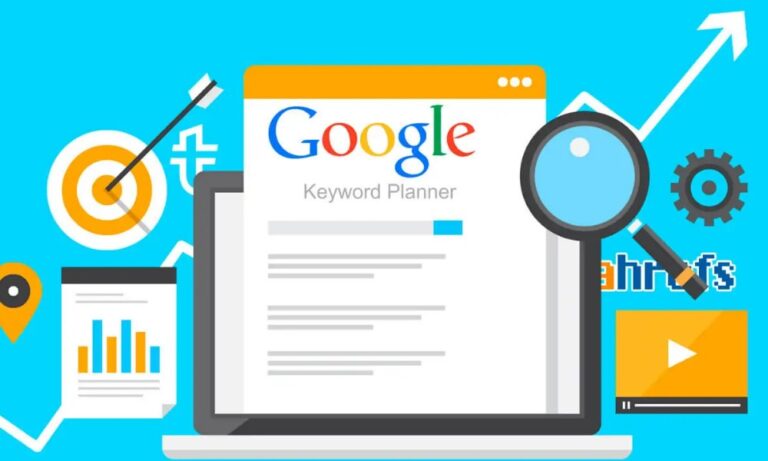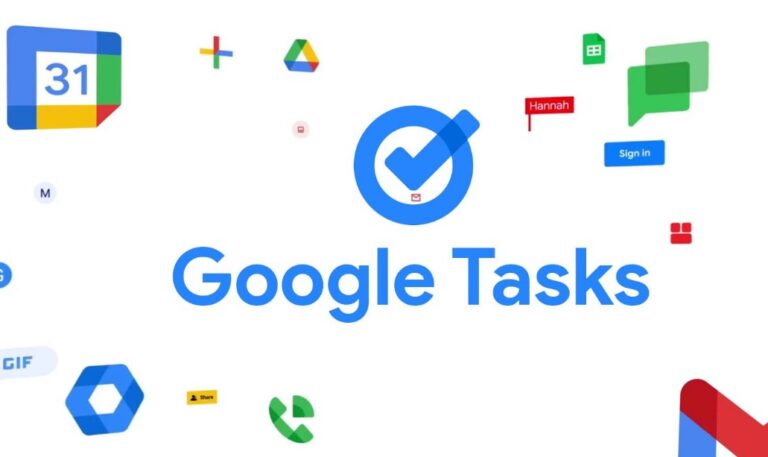Pay Per Click Explained: How PPC Boosts Business Growth
Businesses are continuously looking for tactics that maximize their return on investment (ROI) and produce quantifiable outcomes In the rapidly evolving realm of digital marketing. Pay Per Click (PPC) advertising is one of the most dependable and efficient ways to drive targeted traffic, create leads, and boost sales out of all the tools and strategies accessible.
PPC is a performance-based advertising model where businesses pay only when their ad is clicked, ensuring that every dollar spent directly contributes to user engagement. This makes it an invaluable tool for companies looking to boost their online presence and reach audiences actively searching for their products or services.
Understanding Pay Per Click
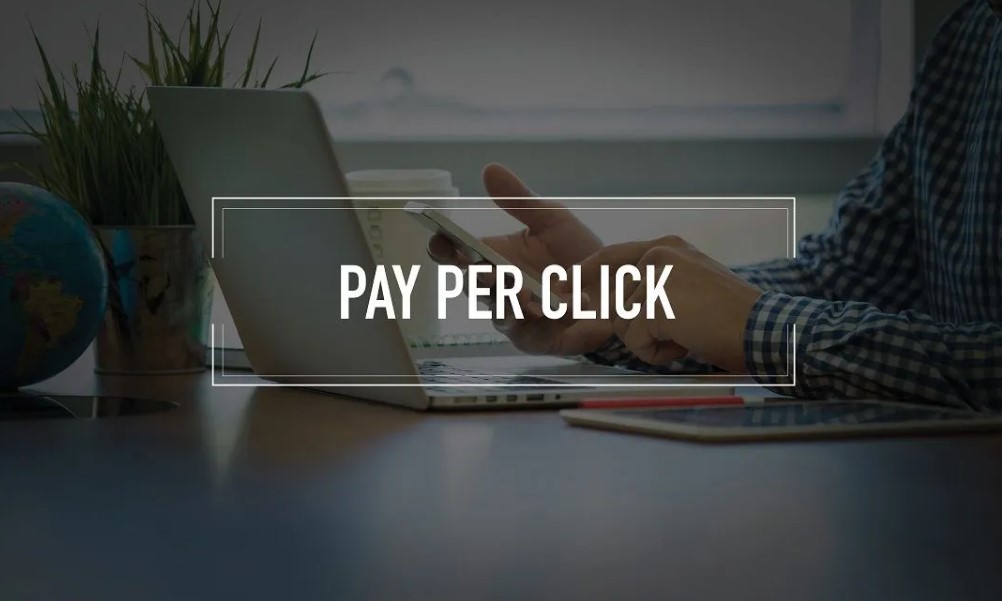
Pay Per Click (PPC) is a performance-based digital advertising model where advertisers pay a fee every time someone clicks their ad. This method is widely used by businesses to drive targeted traffic to their websites, generate leads, and boost sales. PPC ads can appear on search engines, social media platforms, and even specific websites, making it a versatile marketing tool.
The primary advantage of PPC lies in its precision and measurability. Unlike traditional advertising methods, where outcomes are often uncertain, PPC offers transparent and trackable results. Businesses can see exactly how their money is spent and adjust their campaigns in real time for better outcomes.
Types of PPC
Pay Per Click (PPC) advertising is a versatile digital marketing strategy that adapts to different business needs and platforms. Depending on your goals and target audience, you can choose from a variety of PPC types. Each has its own features, benefits, and best practices, making it crucial to select the right type for your campaign. Below, we explore the main types of PPC to help you decide which suits your business best.
1. Search Ads
Search ads are the most common type of PPC, appearing at the top or bottom of search engine results pages (SERPs). These ads are triggered by keywords users type into search engines like Google or Bing, making them highly relevant to the user’s intent.
- Best For: Businesses looking to capture high-intent customers actively searching for specific products or services.
- Example: A local bakery using the keyword “best cakes near me” to attract potential customers.
- Advantages:
- Immediate visibility at the top of SERPs.
- High conversion potential due to user intent.
- Drawbacks:
- Can be expensive for competitive keywords.
2. Display Ads
Display ads appear on websites, apps, or videos within a network like Google Display Network. These visually engaging ads can include images, videos, and animations to attract users’ attention.
- Best For: Brand awareness and retargeting campaigns.
- Example: A fitness brand displaying ads for workout equipment on health blogs or YouTube channels.
- Advantages:
- High visual appeal to catch users’ attention.
- Broad reach across diverse audiences.
- Drawbacks:
- Lower click-through rates compared to search ads.
3. Social Media Ads
Social media platforms like Facebook, Instagram, LinkedIn, and Twitter offer PPC ad options tailored to their audiences. These ads are highly customizable and allow detailed audience targeting based on demographics, interests, and behaviors.
- Best For: Engaging with users in a social environment and boosting brand visibility.
- Example: A fashion retailer promoting seasonal discounts on Instagram.
- Advantages:
- Advanced targeting capabilities.
- High engagement rates due to interactive ad formats.
- Drawbacks:
- Performance heavily depends on creative quality.
4. Shopping Ads
Shopping ads are ideal for e-commerce businesses. These ads showcase product images, prices, and descriptions directly on search engine results pages, making it easier for users to compare and shop.
- Best For: Online retailers looking to drive sales.
- Example: An electronics store promoting a new range of smartphones through Google Shopping Ads.
- Advantages:
- High purchase intent due to detailed product information.
- Direct link to product pages.
- Drawbacks:
- Limited to e-commerce businesses.
5. Video Ads
Video ads are typically displayed on platforms like YouTube, offering a visually rich way to capture attention. These ads can appear before, during, or after video content.
- Best For: Building brand awareness and storytelling.
- Example: A travel agency showcasing exotic destinations in a YouTube ad.
- Advantages:
- High engagement and emotional impact.
- Can deliver detailed information in a short time.
- Drawbacks:
- Requires high-quality video production.
6. Retargeting Ads
Retargeting, or remarketing ads, target users who have previously interacted with your website or app but did not convert. These ads aim to bring users back and encourage them to complete desired actions.
- Best For: Re-engaging potential customers and increasing conversions.
- Example: A user who abandoned a shopping cart sees ads for the same product on social media or other websites.
- Advantages:
- Highly targeted and personalized.
- Boosts conversion rates.
- Drawbacks:
- May annoy users if overused.
7. Native Ads
Native ads blend seamlessly with the content of the platform they appear on, making them less intrusive. These ads are commonly used on content platforms like news websites and blogs.
- Best For: Subtle promotion and lead generation.
- Example: A financial service company publishing sponsored articles on a news website.
- Advantages:
- Non-disruptive and engaging.
- Builds trust with audiences.
- Drawbacks:
- Requires high-quality, relevant content.
Benefits of Using Pay Per Click
PPC offers numerous advantages, making it an indispensable tool for modern marketing strategies:
- Immediate Visibility:
Unlike organic SEO, which takes months to yield results, PPC can place your business at the top of search results almost instantly. This is crucial for new businesses or time-sensitive campaigns. - Precise Audience Targeting:
PPC allows you to target specific demographics, locations, and even devices. This precision ensures your ads reach the right audience at the right time. - Flexible Budgeting:
Advertisers can set daily budgets and maximum bids for clicks, making PPC accessible even for small businesses. - Measurable ROI:
PPC platforms provide detailed analytics, allowing advertisers to track impressions, clicks, conversions, and ROI. This transparency enables continuous optimization for better performance. - Customizable Campaigns:
With PPC, you can test different ad creatives, headlines, and landing pages to identify what resonates most with your audience.
Features of Pay Per Click Platforms
Modern PPC platforms come equipped with powerful features that enhance campaign effectiveness. These include:
- Advanced Targeting Options:
Advertisers can define their audience based on age, gender, income level, interests, and behaviors. - Retargeting Tools:
Platforms allow businesses to re-engage users who previously interacted with their website but didn’t convert. - A/B Testing:
PPC platforms support split testing to compare the performance of different ad creatives, headlines, and calls to action. - Real-Time Analytics:
Comprehensive dashboards provide insights into campaign performance, helping advertisers make data-driven decisions. - Integration with Other Tools:
PPC platforms often integrate seamlessly with CRM systems, analytics tools, and social media accounts, streamlining marketing workflows.
How Pay Per Click Works
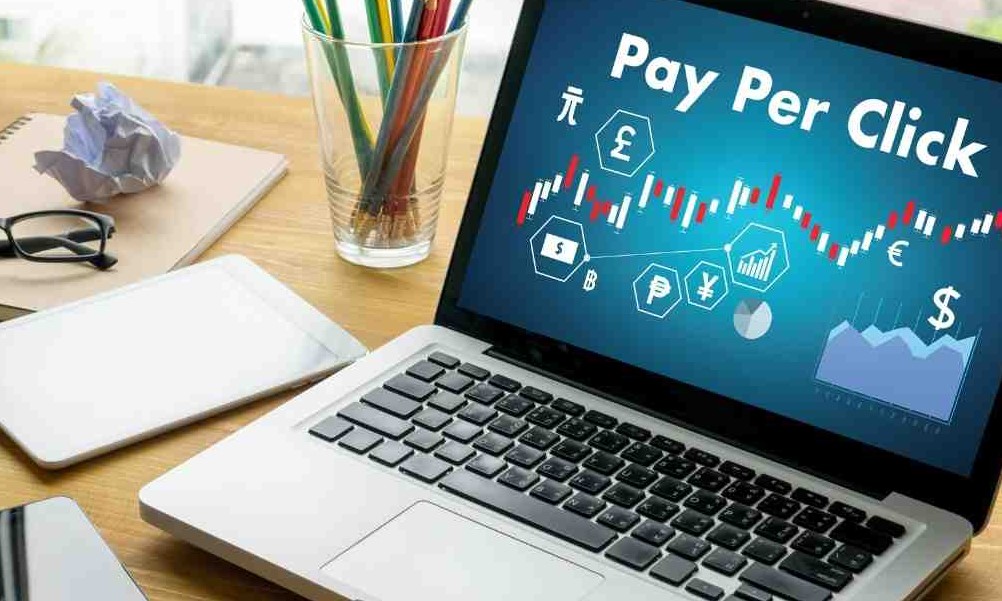
Pay Per Click (PPC) is a digital advertising model that enables businesses to drive targeted traffic to their websites by paying a fee each time someone clicks on their ad. The success of PPC lies in its precision and performance-based nature, making it one of the most efficient ways to reach potential customers. To understand how PPC works, we’ll break it down into key components, explaining the processes, tools, and strategies involved.
Key Steps in PPC Advertising
1. Keyword Research
The foundation of any PPC campaign is keyword research. Businesses identify relevant keywords or phrases that their target audience is likely to search for. For instance, a local bakery might focus on keywords like “best cakes near me” or “custom wedding cakes.”
- Importance of Keywords: Keywords determine when and where your ad will appear. Selecting the right keywords ensures your ads reach the right audience.
- Tools for Keyword Research: Platforms like Google Keyword Planner, SEMrush, or Ahrefs help identify high-performing keywords based on search volume, competition, and relevance.
2. Ad Auction
When multiple advertisers target the same keyword, an ad auction takes place. The auction determines which ads will be displayed and their placement on the page.
- Factors Influencing Auction Results:
- Bid Amount: The maximum amount an advertiser is willing to pay for a click.
- Quality Score: A metric used by platforms like Google Ads to evaluate the relevance and quality of an ad, including click-through rate (CTR), landing page experience, and keyword relevance.
- Ad Rank: A combination of bid amount and Quality Score determines the position of an ad.
3. Ad Creation
Creating compelling ad copy and visuals is critical to attract clicks. Ads typically include a headline, description, and call-to-action (CTA). For instance, a PPC ad for a fitness center might use the headline, “Get Fit Now – Join Our Gym Today!” paired with a description highlighting benefits like flexible memberships and discounts.
- Ad Formats: Search ads, display ads, shopping ads, video ads, and social media ads each have specific requirements and opportunities for customization.
4. Targeting
PPC platforms offer advanced targeting options, enabling businesses to define their audience based on:
- Demographics: Age, gender, income level.
- Geography: Specific locations or regions.
- Interests and Behaviors: Online activities, preferences, or past interactions with similar content.
Targeting ensures that ads are displayed to users who are most likely to convert.
5. Ad Placement
PPC ads can appear in various locations depending on the campaign type:
- Search Ads: At the top or bottom of search engine results pages (SERPs).
- Display Ads: On websites, blogs, and apps within the display network.
- Social Media Ads: Within social media feeds or as stories and sponsored posts.
6. Clicks and Costs
Advertisers are charged only when a user clicks on their ad, making PPC a performance-based model. The cost per click (CPC) is influenced by factors such as keyword competitiveness, Quality Score, and ad relevance.
How PPC Solves Business Challenges
PPC is designed to address several key marketing challenges:
- Driving Traffic: PPC provides immediate visibility, ensuring businesses reach their target audience as soon as the campaign launches.
- Generating Leads and Sales: Ads target users with high purchase intent, leading to better conversion rates.
- Improving Brand Awareness: Consistent ad placements increase brand visibility in competitive markets.
For example, a new e-commerce store can use PPC to drive traffic to their website and promote special offers, helping them stand out in a crowded marketplace.
Real-World Examples of Pay Per Click Tools
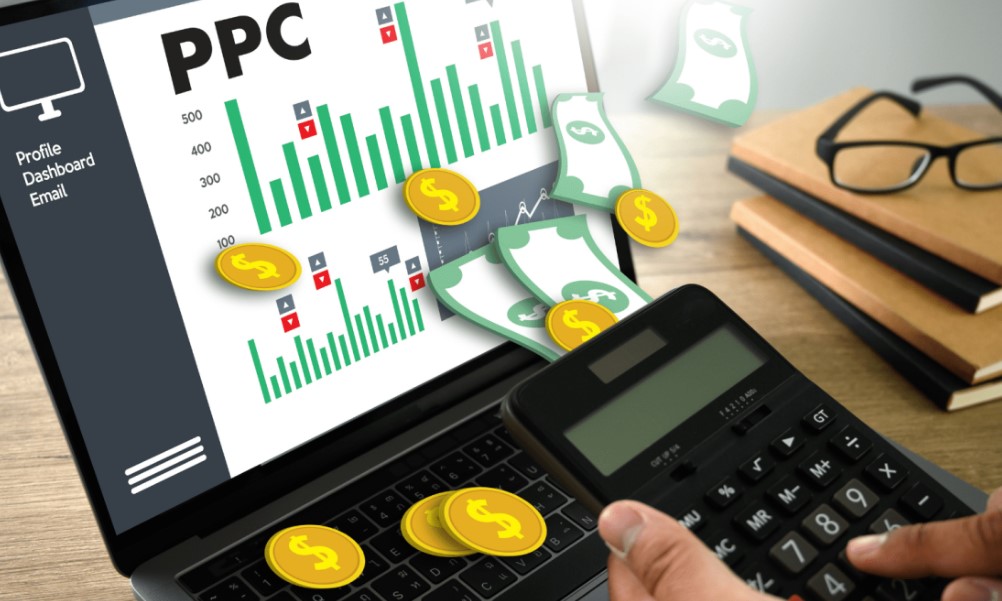
1. Google Ads
Google Ads is the most popular PPC platform, dominating the search engine advertising market.
- Features:
- Access to Google’s vast network of search and display partners.
- Smart campaigns for small businesses.
- Local and international targeting.
- Use Case: Ideal for businesses seeking high visibility and targeting capabilities across various industries.
- Pros:
- Broad reach with advanced targeting.
- Detailed analytics and reporting tools.
- Cons:
- High competition for popular keywords.
- Learning curve for new users.
- Price: Campaigns can start from as low as $10 per day.
2. Meta Ads (Facebook and Instagram)
Meta Ads specialize in visual and interactive advertising, making it a favorite for B2C brands.
- Features:
- Custom audience creation.
- Instagram Stories and carousel ads.
- Use Case: Best for businesses targeting younger, highly engaged audiences.
- Pros:
- High engagement rates.
- Affordable for small businesses.
- Cons:
- Limited to social media audiences.
- Price: Flexible budgeting options starting from $5 per day.
3. Microsoft Advertising
Microsoft Advertising, formerly Bing Ads, caters to a slightly older, professional audience.
- Features:
- Integration with LinkedIn targeting.
- Lower CPC for competitive keywords.
- Use Case: Ideal for B2B companies and niche markets.
- Pros:
- Lower competition than Google Ads.
- Integration with professional platforms.
- Cons:
- Smaller audience reach.
- Price: Affordable options for tight budgets.
4. Amazon Advertising
Amazon’s PPC model focuses on e-commerce sellers.
- Features:
- Product and brand display ads.
- Access to shoppers with high purchase intent.
- Use Case: Essential for businesses selling on Amazon.
- Pros:
- High conversion rates.
- Perfect for product promotions.
- Cons:
- Limited to Amazon’s ecosystem.
- Price: Starting from $0.10 per click.
5. LinkedIn Ads
LinkedIn Ads cater to B2B marketers and professionals.
- Features:
- Sponsored content and InMail ads.
- Precise targeting based on job titles, industries, and more.
- Use Case: Effective for B2B lead generation.
- Pros:
- Access to decision-makers.
- High-quality leads.
- Cons:
- Expensive compared to other platforms.
- Price: Campaigns start from $10/day.
Why Businesses Need Pay Per Click
Immediate Visibility
One of the most significant advantages of Pay Per Click (PPC) advertising is its ability to provide immediate visibility. Unlike organic SEO, which can take months to deliver results, PPC ensures that your ads appear at the top of search engine results pages (SERPs) or on social media platforms as soon as your campaign goes live. This is especially crucial for businesses launching new products, running time-sensitive promotions, or targeting seasonal audiences.
Targeted Advertising
PPC offers unparalleled precision in reaching the right audience. Advertisers can define their target audience based on demographics, location, device type, and even user behaviors or interests. For example, a local gym can use PPC to target fitness enthusiasts within a specific city radius. This precise targeting ensures that ads are displayed to users most likely to engage, improving the chances of conversion.
Cost-Effective Marketing
Unlike traditional advertising methods, PPC charges businesses only when users click on their ads. This performance-based model ensures that your marketing budget is spent on actual engagement. Additionally, advertisers have full control over daily budgets and bids, allowing campaigns to scale efficiently without overspending. This flexibility makes PPC suitable for businesses of all sizes.
Measurable ROI
PPC platforms provide comprehensive analytics, including metrics such as impressions, clicks, and conversions. These insights allow businesses to monitor campaign performance in real-time and make data-driven adjustments to improve results. By identifying what works and what doesn’t, businesses can maximize their return on investment (ROI).
Enhanced Brand Awareness
Even if users don’t click on your ads, the consistent visibility of PPC campaigns helps increase brand recognition. Over time, this familiarity builds trust and positions your brand as a reliable choice in the minds of potential customers.
FAQs
1. What industries benefit most from Pay Per Click advertising?
Industries like e-commerce, hospitality, real estate, and education often benefit significantly from PPC due to their reliance on digital engagement.
2. How much should I budget for a PPC campaign?
Budgeting depends on your goals, audience size, and industry. Start small, monitor results, and scale as needed.
3. Can I run PPC campaigns on multiple platforms simultaneously?
Yes, running campaigns on multiple platforms can increase reach and diversify audience engagement. Ensure each campaign is tailored to the platform’s strengths.
By integrating PPC into your marketing strategy, you can unlock unparalleled growth opportunities. Start your campaign today on platforms like Google Ads or Amazon Advertising and watch your business thrive.
